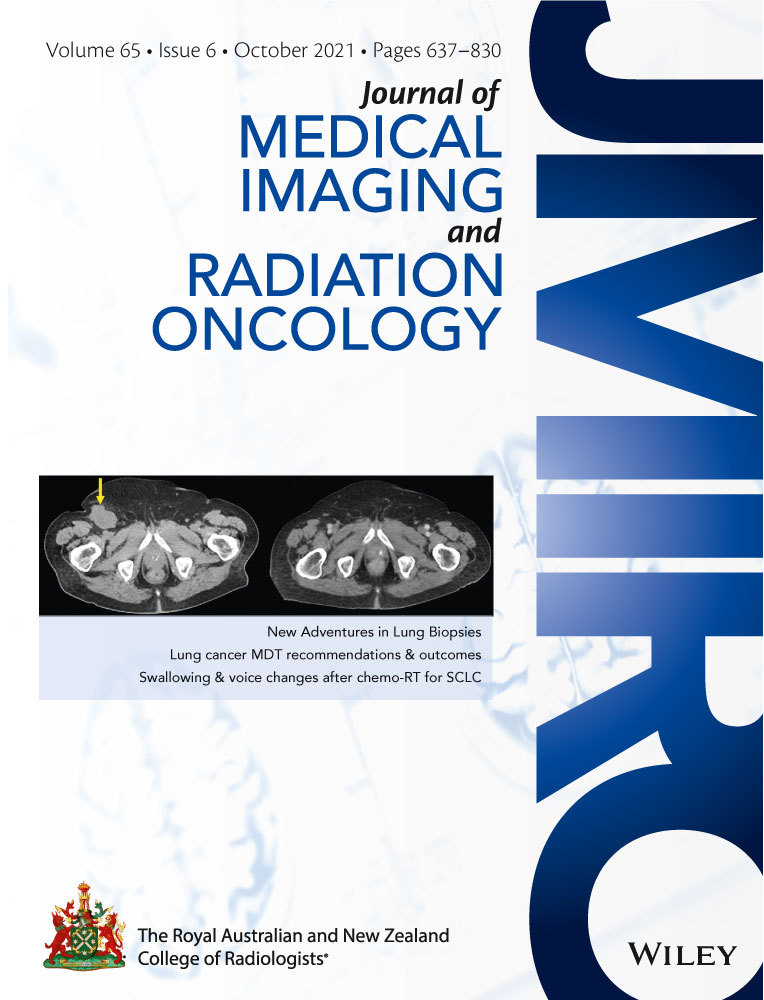Medical imaging education opportunities for junior doctors and non-radiologist clinicians: A review
Abstract
Medical imaging plays a critical role in clinical decision-making across disciplines, and as such, there is frequent need for non-radiologist clinicians to interact with medical imaging. This review examines the literature about the delivery of medical imaging education to non-radiologist clinicians, spanning junior doctors, advanced trainees and specialists. Knowledge of medical imaging among non-radiologist clinicians is paramount to the quality of patient care, with calls for formal implementation of radiology education into non-imaging specialty training programmes. Overall, there is a demand across non-imaging disciplines for greater formalised medical imaging education. Concerns are raised that too great a reliance on informal methods of teaching radiology, for example in ward settings, results in greater variation in the quality and volume of educational opportunities and risks the perpetuation of erroneous attitudes and practices. The evolution of the medical imaging workplace and increasing utilisation of remote reporting has distanced the collaborative relationship between radiologists and their non-imaging colleagues, diminishing opportunities for ad hoc learning and engagement in larger formalised educational collaborations. Ideally, radiologists should be directly involved in the development and delivery of medical imaging education to post-graduate doctors to not only benefit patient care but also foster inter-specialty relationships and respect. Evidence supports the value of structured radiological teaching opportunities, including tutorials, lectures and electronic resources, in improving medical imaging skills among non-radiologist clinicians. There is wide scope for growth in the e-learning arena to address this demand for quality and accessible imaging education for our non-radiology colleagues.
Open Research
Data availability
Data sharing not applicable to this article as no datasets were generated or analysed during the current study.




